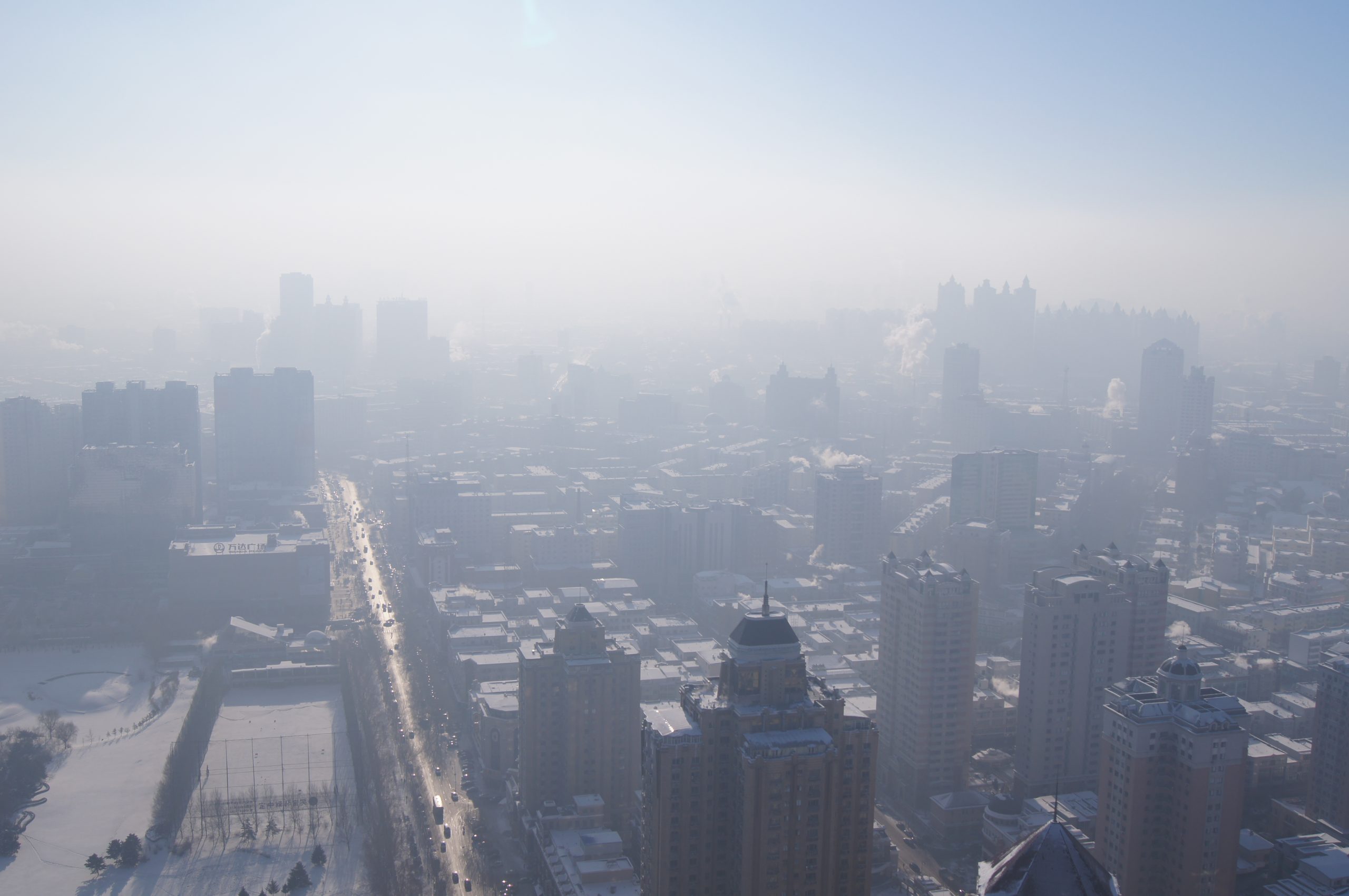Shortly after the publication of the latest report from the International Panel on Climate Change, TU’s Climate Institute organises a symposium on the complex relationship between climate and air quality on Thursday April 17th.
The IPCC’s report, titled Climate Change 2014: Impacts, Adaptation, and Vulnerability, details the impacts of climate change to date, the future risks from a changing climate, and the opportunities for effective action to reduce risks.
The report concludes that responding to climate change will involve choices about risks in a changing world. Risks of climate change are increasingly clear, though nature always come up with surprises.
The IPCC report finds that risks from climate change manifests itself as vulnerability (lack of preparedness), exposure (people or assets in harm’s way) and hazards (triggering climate events or trends). Each of these components can be a target for smart actions to decrease risk, says the IPCC.
The Climate Institute symposium will focus on exposure to bad air quality. Prof. Pieternel Levelt (TU and KNMI) studies ozone, pollutants and greenhouse gases with satellite instruments. “It’s important to understand that these three issues are connected”, says Levelt. What works positive on one issue, may be harmful for the next.
Take ozone, which up until 10 kilometres is considered as pollutant and a greenhouse gas. But in the higher ozone layer, the gas is essential for absorbing harmful ultraviolet radiation. When the production of chlorofluorocarbons (CFC’s) that break down the ozone layer, was restricted in 1987, it worked out nicely for climate change as well because CFC’s are potent greenhouse gases.
Speakers at the symposium are Prof. Levelt, TU’s Dr. Martin de Graaf (absorbing aerosoles in the climate system) and KNMI’s Dr. Twam van Noije on contributions from short-lived pollutants to climate change.



Comments are closed.